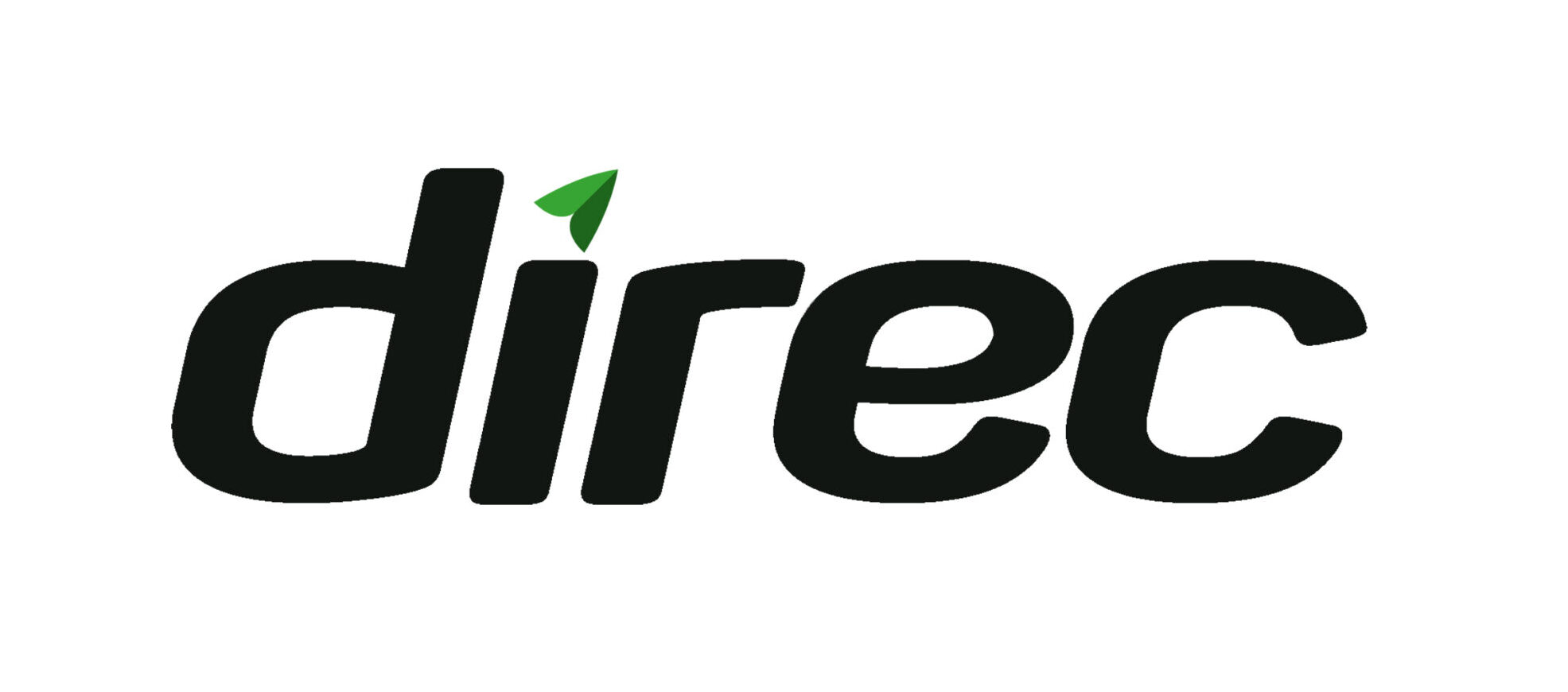
04 Mar How to Optimize Your Business With Gap Analysis
How do you use gap analysis to optimize your business?
- Gap Analysis in SAP
- Identify Your Current State
- Determine Your Future State
- Define the Gap
- Create the Perfect Plan
Gap analysis is a process that can improve your business. It can help you achieve your business goals in a streamlined and optimized manner. You can pinpoint weaknesses and highlight opportunities to help take your business to the next level.
If you feel like your business is not performing at its full capacity, you need to try this process out. It’s a guaranteed way to make sure that your efficiency is at its maximum to ensure success.
If you’re curious about how you can use gap analysis, here’s how you can do it.
Gap Analysis in SAP

A gap can be referred to as the distance between your current starting point and the finish line. It’s important to define this gap as this is where you can find out where you need to improve on. It’s easy to do this process when you implemented SAP as your solution.
SAP takes your current data for analysis, which is then assessed to determine your current state. Once the current state of your business is identified, root causes will be narrowed down before completing a road map heading towards your future state. During this process, you need to remain patient and critical with your results.
Identify Your Current State

SAP can help you identify your current business state using real-time data. The solution is built for speed and ease of use. You should expect results in a short time frame with high accuracy. At this stage, it’s important to look at the gaps in a positive mindset.
The gaps in your business are not caused by individuals or lack of coordination. Look at the gaps as a means to examine your current system. What’s currently lacking contributes to your current state. This is entirely natural in every gap analysis, even without SAP. You will be able to identify what you need to improve on and proceed to delegate to your team members for them to start improvement plans.
Determine Your Future State
Now that you’ve successfully identified your current state, it’s time to work on your future. The big picture has been filled out, and a deep understanding of your business is now developed. What do you need to do next? At this point, critical thinking is still of utmost importance.
Check the current scenarios of your business with regards to your current state. Are you meeting goals? Are daily quotas filled? How is each team doing? The answers to these questions should be noted down and remembered for later. It’s tempting to use quick band-aid solutions, but these wear out eventually. The business needs something concrete and tangible to help face challenges in the future. Try brainstorming with the team and get creative with your future goals.
Define the Gap
Now that your future state and current state are mapped out, what’s missing? With a good brainstorming session, it should be easy to find the gap between your current state and your future state.
The first two steps are done in isolation for accuracy, but once combined, you expose what’s missing and bring out your true potential. The gap in your business could be a loss of creativity or loss of priorities. This is a great time to create a plan and implement new strategies. How you bridge your gap is determined by your priorities and preferences.
Make it a habit to work as a team when closing your gap. Working as a team ensures that proper communication and understanding are emphasized. The road to success becomes easier when everyone knows and understands what they’re doing.
Create the Perfect Plan

Now that you’ve determined your priorities, every contributor has a plan they want to try. It’s not smart to try all of them if you’re pressed for time. It’s essential to come up with a plan that every team can agree upon to avoid further problems. The entire team needs to decide upon the best method of action before executing.
To do this, weigh out the pros and cons of each. This will show the entire team what works best. Choose a plan that fits each department well before transitioning. This will get you a clear objective before transitioning to your future state.
Key Takeaway
Gap analysis is important for any business that wants to create better processes. In this fast-paced age, it’s no secret that you need to be up to date with the times to keep up with your competition. It’s easy to emulate what other businesses are coming up with, but most of the time, it’s better to work on your current state to pave the way to your future success. Try identifying what you have now with a gap analysis for an optimized business.

